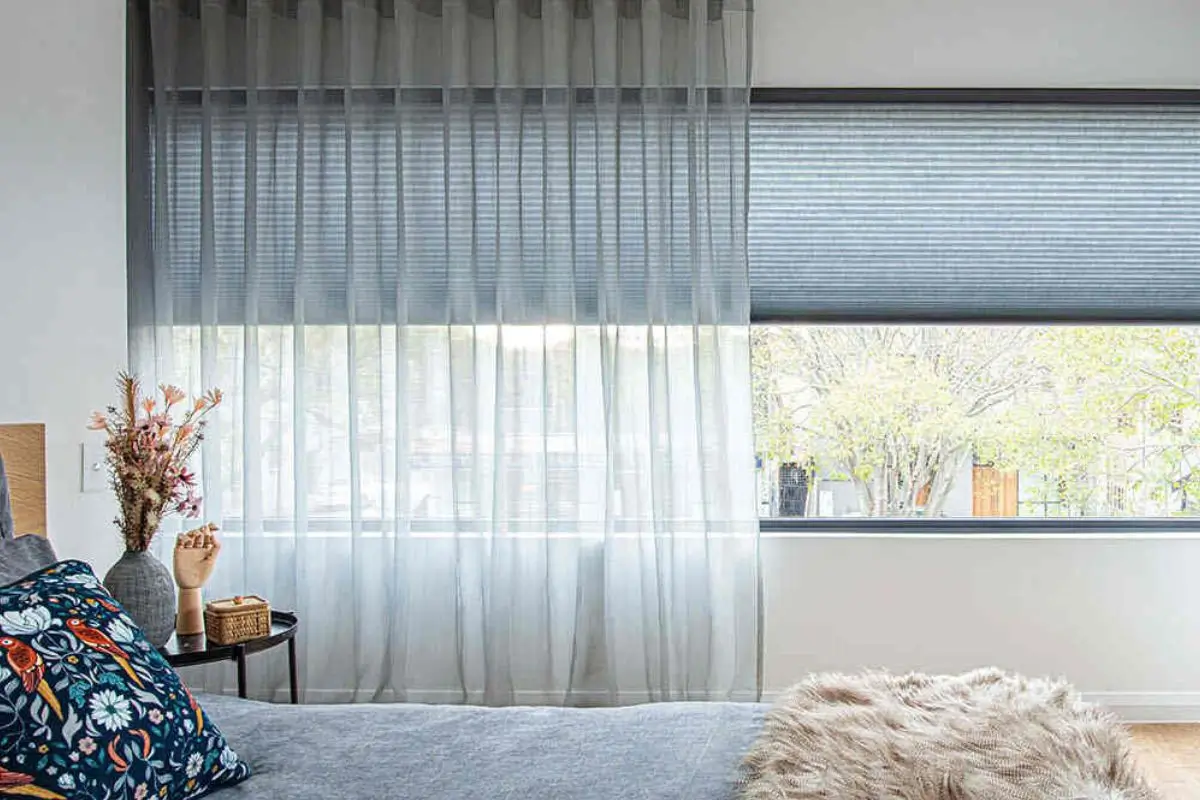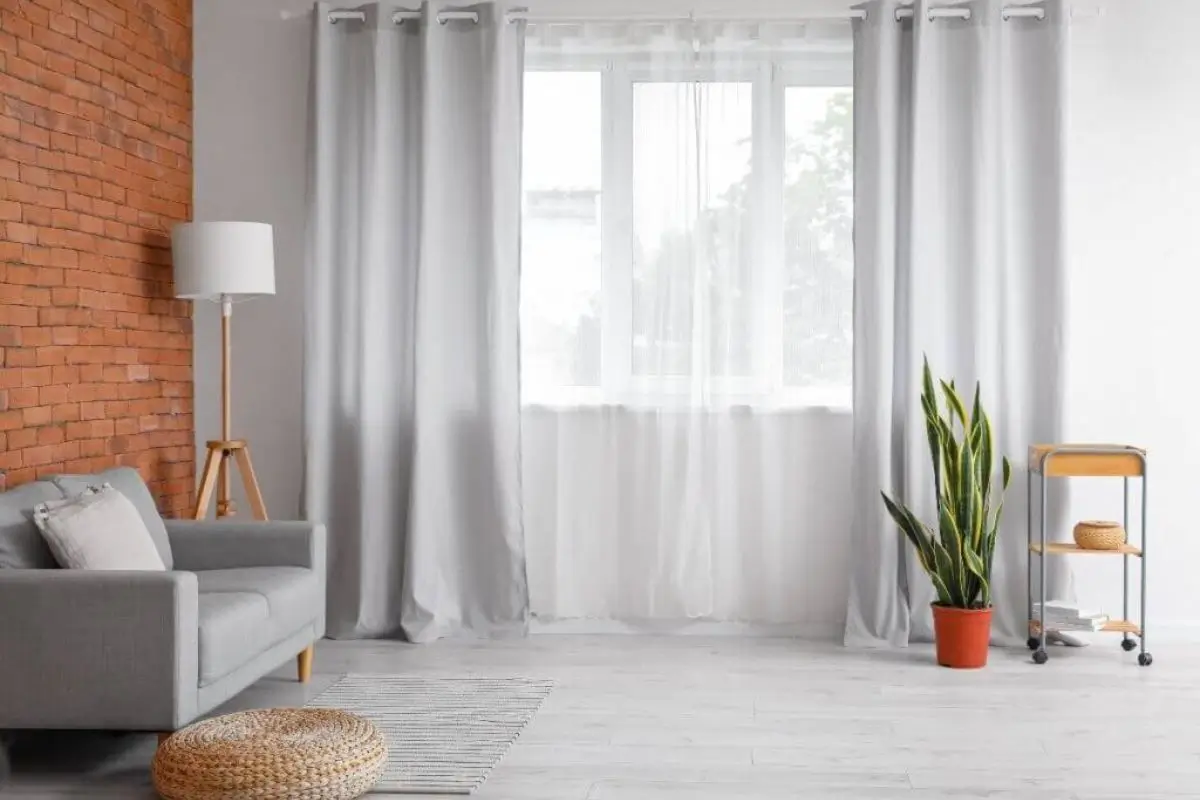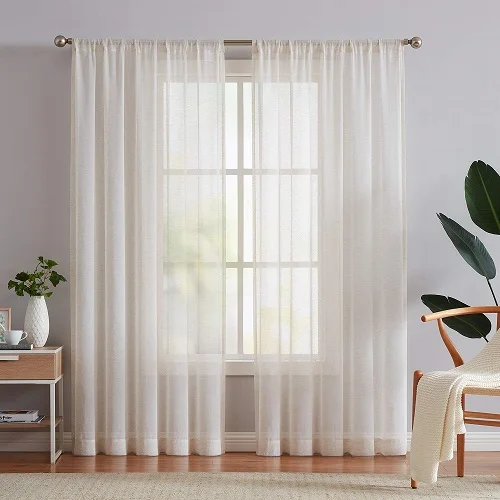Quality sleep is essential for overall health and well-being. While blackout curtains often get the spotlight for sleep improvement, sheer curtains also play a significant role in optimizing rest through natural light control. This guide explores how sheer curtains can enhance sleep by diffusing light, creating a soothing environment, and offering versatility in sleep-enhancing strategies. Understanding their benefits and implementation can be a simple, yet effective way to improve your sleep quality.
Understanding the Role of Natural Light in Sleep
Natural light is crucial for regulating the circadian rhythm, the body’s internal clock that controls the sleep-wake cycle. Morning light exposure signals the body to wake up, increasing alertness and energy levels. Conversely, reduced light exposure as the day progresses signals the body to wind down, promoting the release of melatonin and preparing for sleep. Sheer curtains allow for this gradual adjustment, gently filtering light throughout the day and maintaining a balanced exposure that aligns with the body’s natural needs, aiding in better rest and overall health.
The Benefits of Sheer Curtains in Sleep Quality
Sheer curtains provide an ideal solution for controlling light without fully blocking it out. They create a balance by diffusing harsh sunlight, ensuring rooms remain softly illuminated without overwhelming brightness. This filtered light fosters a calming atmosphere that can help the body prepare for sleep by avoiding sudden light exposure that might disrupt the evening routine. Unlike heavy blackout curtains that can feel imposing, sheer curtains offer a more delicate approach to light control, making a room feel airy and peaceful—key elements in a sleep-friendly environment.
Choosing the Right Sheer Curtains for Optimal Sleep
Selecting the appropriate sheer curtains can maximize their sleep-enhancing benefits. Opt for breathable, high-quality fabrics that diffuse light evenly and withstand regular use. Fabrics like cotton voile or polyester blends offer durability while maintaining soft light filtration. For those seeking flexibility, consider layered options with sheer and blackout panels to adjust light levels as needed. Color choice also matters; neutral tones promote relaxation and blend well with various room aesthetics. By choosing the right material and design, sheer curtains can effectively balance natural light and dark, supporting healthy sleep habits.
Placement and Orientation Tips
Where and how you place sheer curtains impacts their effectiveness. Windows facing the morning or evening sun benefit most from sheer curtains, as they filter intense light without completely blocking it. This positioning allows for soft light exposure that aids in waking up and winding down naturally. Additionally, consider the room layout to make the most of filtered light. Positioning furniture, like the bed, in a way that catches light softened by sheer curtains can enhance morning wakefulness without causing disruptions during sleep. Proper placement ensures optimal light control for rest-friendly spaces.
Combining Sheer Curtains with Other Sleep-Enhancing Strategies
Sheer curtains can be part of a larger sleep strategy when paired with other window treatments or smart home technology. Combining them with blinds or heavy drapes provides flexibility to block out light completely or allow for partial light diffusion. For tech-savvy solutions, smart sheer curtains can be programmed to adjust automatically with sunrise and sunset, aligning with natural sleep patterns. This combination offers greater control over the sleeping environment, enabling a balance between light exposure and complete darkness as needed to support the body’s natural rhythms and improve sleep quality.
Case Studies and Real-Life Examples
Many homeowners have reported improved sleep quality after incorporating sheer curtains into their bedrooms. For instance, a study showed that individuals who used sheer curtains with blackout layers experienced fewer sleep disruptions due to sudden light exposure. Additionally, interior designers emphasize the psychological benefits of softly filtered light, which creates a welcoming ambiance and encourages relaxation. Testimonials often highlight how sheer curtains contribute to a tranquil atmosphere that promotes winding down, even during early evening hours. These real-life examples reinforce the value of sheer curtains as a practical addition for restful sleep.
Maintenance Tips for Long-Lasting Sheer Curtains
Proper maintenance of sheer curtains ensures they continue to provide effective light control. Regularly dust curtains with a gentle vacuum attachment or handheld duster to prevent dirt buildup. For deeper cleaning, follow fabric-specific washing instructions—many sheer curtains are machine washable, but delicate fabrics may require hand washing or professional cleaning. To prevent sun damage and fading, rotate curtains periodically or consider a UV-protective liner. Consistent maintenance keeps curtains looking fresh and functional, preserving their ability to filter light and contribute to a restful sleep environment for years to come.
Conclusion
Sheer curtains are an often-overlooked yet valuable tool for enhancing sleep quality. By diffusing natural light, they create a calming atmosphere that aligns with the body’s circadian rhythm, supporting better rest. With the right selection, strategic placement, and integration into broader sleep strategies, sheer curtains can help optimize your bedroom for peaceful, uninterrupted sleep. Incorporate these insights to transform your sleeping environment into a serene and restorative space, where light works with your natural sleep cycle for improved health and well-being.






